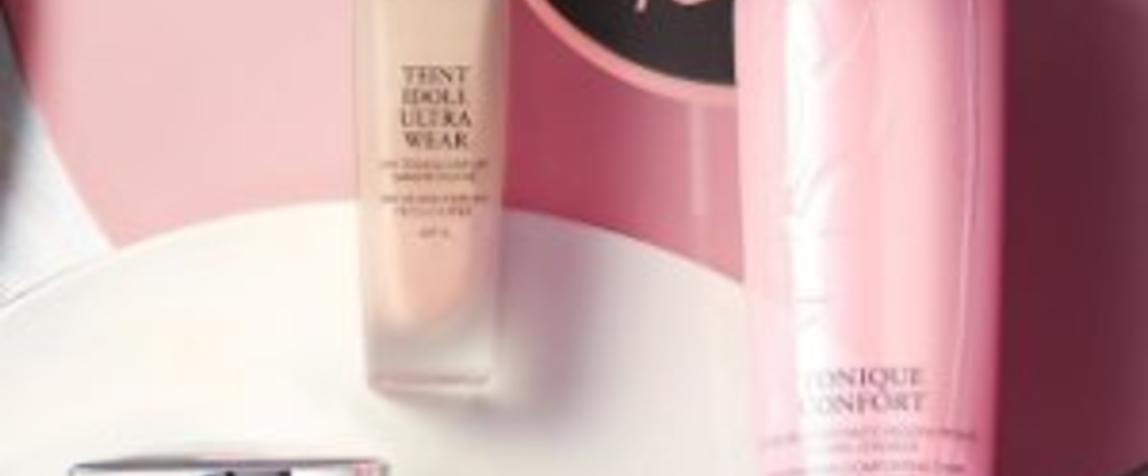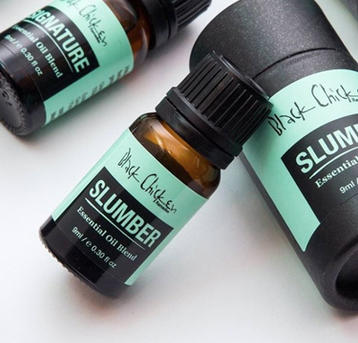L'Oréal breaks barriers in best sales growth for 10 years; substantial sales increase for pharmacy and cosmetics fuel December retail figures; travel retail and new free trade agreement spur Shiseido expansion; and USFDA approves cheaper alternative to Botox.
L'Oréal breaks barriers in best sales growth for 10 years
L'Oréal broke through several barriers in 2018 to report its best global sales performance in a decade. Revenues soared 7.7 per cent last year to 26.9 billion euros (US$30.45 billion). In a seismic shift, the Asia/Pacific region finally overtook North America as the multinational's largest regional market, buoyed by a 27.1 per cent surge in travel retail sales to more than 2 billion euros (US$2.26 billion). Lancôme also celebrated a major milestone with worldwide sales climbing to a record 3 billion euros (US$3.39 billion).
Fourth quarter results rose 7.7 per cent, producing the best performance since 2007. E-commerce continues to be a strong driver with sales for the year rising 40.6 per cent to account for 11 per cent of L'Oréal's group sales. The L'Oréal Luxe division and its elite group of billion dollar brands – Lancome, YSL Beauté and Giorgio Armani – delivered another outstanding performance with sales up 14.4 per cent to 9.367 billion euros (US$10.60 billion).
Haircare also proved a big temptation for global consumers. Sales of the Professional Products unit, including Kerastase, Redken and L'Oréal Professionnel, edged up 2 per cent to 3.26 billion euros (US$3.69 billion). The magic brands of the Consumer Products Division – L’Oreal Paris, Maybelline New York and Garnier – all experienced growth to push up annual revenues by 2.5 per cent to 12.03 billion euros (US$13.62 billion). Double digit growth of 11.2 percent for the Active Cosmetics division, including La Roche-Posay, SkinCeuticals and CeraVe, saw sales increase to 2.275 billion euros (US$2.57 billion).
L'Oréal is confident that 2019 will also produce breakthrough results, according to Chairman and CEO, Jean-Paul Agon. A solid bet when the beauty titan broke another record in 2018. Group operating profit reached a new high of 4.92 billion euros (US$5.57 billion) – a massive 18.3 per cent of sales.
Substantial sales increase for pharmacy and cosmetics fuel December retail figures
Stats and results can be interpreted several ways. The key one to focus on in the December trade figures from the Australian Bureau of Statistics (ABS) is the year-on-year growth uptick of 2.75 per cent, by contrast to 2.49 per cent in 2017. For the six week pre-Christmas period, the final result was just shy of the 2.9 per cent increase predicted by the Australian Retailers Association (ARA) and Roy Morgan, says Russell Zimmermann, Executive Director of the ARA.
Pharmacy and cosmetics were a real highlight in the December figures as expected, says Zimmermann. "Fragrances, bath and body products and cosmetics gifts proving popular again in the lead-up to Christmas”. Overall sales in the category surged 5.03 per cent compared to food retail (3.98%), clothing (3.21%) and restaurants and takeaway (2.92%). Other retail was the standout for the pre-Christmas period, though, delivering 7.84 per cent growth.
The retail industry as a whole recorded average year-on-year growth of 3 per cent for the 2018 calendar year. Tasmania, the ACT and Victoria showed the strongest year-on-year growth of 4.66 per cent, 4.61 per cent and 4.5 per cent, respectively. Queensland fared well with a 3.47 per cent spike, followed by NSW (1.73%) and WA (1.23%). South Australia virtually flatlined at 0.87 per cent growth and the NT suffered a fall of 1.5 per cent compared to 2017.
Travel retail and new free trade agreement spur Shiseido expansion
J-Beauty has made a strong comeback against its regional rival, K-Beauty. Japan has just signed a free trade agreement with the European Union, which will eventually eliminate EU tariffs on 99 per cent of imported products from Japan, including cosmetics. The move creates one of the largest free trade blocs in the world and both parties are gearing up for a significant surge in exports.
Shiseido, the Japanese beauty giant, is also eyeing further growth in Asia. APAC Millennials, notably the Chinese, fuelled organic year-on-year sales growth of Shiseido products in travel retail of a massive 42 per cent in the third quarter of 2018. Other than the multinational's four core brands – Shiseido, Cle de Peau, Nars and Dolce & Gabbana – the IPSA and Laura Mercier brands are also targeting growth in Asian travel retail, says Philippe Lesne, Shiseido Travel Retail President and CEO. "We will be expanding these brands further in the region as their performance has surpassed our expectations and has set a solid foundation for us to further grow our business in the next phase of Vision 2020".
To gear up for increased demand from Europe and Asia, Shiseido has announced it will build a new production site, Shiseido Kyushu Fukuoka, in Kurume City. The multinational will invest 40 to 50 billion yen (AUD$513 million to AUD$642 million) in the factory which will specialise in skincare. Scheduled to begin operation in 2021, the new facility will produce 140 million products per year.
USFDA approves cheaper alternative to Botox
Allergan's cash cow, Botox, has largely fended off competition from European rivals such as Dysport from Nestlé and Xeomin from Merz Pharma. Launched as a wrinkle buster in the early Noughties, Botox is now also widely used as a treatment for migraines, bladder problems and sweat reduction. Global sales for 2018 rose to US$3.85 billion.
The USFDA has approved a cheaper neuro-toxin injectable to treat forehead wrinkles – Jeuveau. Produced by Evolus, which is owned by the Alphaeon Corporation, a leader in the aesthetics industry including plastic surgery, cosmetic dentistry and dermatology, prices will be 20 to 25 per cent lower than Botox.
Jeuveau will debut in the US in a few weeks time and David Moatazedi, CEO of Evolus, believes the launch will be very disruptive. So do Allergan, who have filed a complaint with the US International Trade Commission alleging that Jeuveau was made using stolen manufacturing secrets. Evolus has dismissed the allegation as completely without merit and will press forward for a successful US launch as planned.
Snippets from the Wires
- It's not only beauty entrepreneurs such as Napoleon Perdis who are suffering retail challenges. According to CBRE, 22 major retailers closed down or went into administration across Australia in 2018. The global real estate services and investment firm recommends that shopping centres should look to fill vacated space with gyms, childcare centres and other services. Over 250,000 square metres of new retail space will come on board in shopping centres nationwide in 2019 – a 50 per cent increase on 2018 – and the addition of more service-oriented businesses is in line with the on-going trend of retail complexes as destination and entertainment centres.
- Him, a youth-oriented seller of men's hair loss products and erectile dysfunction medication, is finalising a US$100 million round of funding from an unnamed private equity firm. The company launched a women's health range in the US in November called – what else – Hers. Following an earlier cash injection of US$100 million, Him is now approaching a US$1 billion market valuation.
- Curcumin, the key active ingredient of turmeric, is still on a huge roll, reports Transparency Market Research. A hero ingredient of Ayurvedic medicine, it has potent antioxidant and anti-inflammatory properties. The global curcumin market reached revenues of US$282,2 million in 2018 and the researcher expects this figure to rise to US$465.8 million over the next five years. The US is responsible for the lion's share of worldwide sales – 45.1 per cent.
- South America is often in the news for the wrong reasons. Brazil, the largest beauty market in the region and fourth largest in the world, has suffered over the past few years because of the country's economic and political troubles. But it's firmly resurging again, says Euromonitor International, and the Brazilian beauty and personal care market will reach US$35 billion by the end of the year – behind the US (US$90 billion), China (US$60.5 billion) and Japan (US$37 billion).




